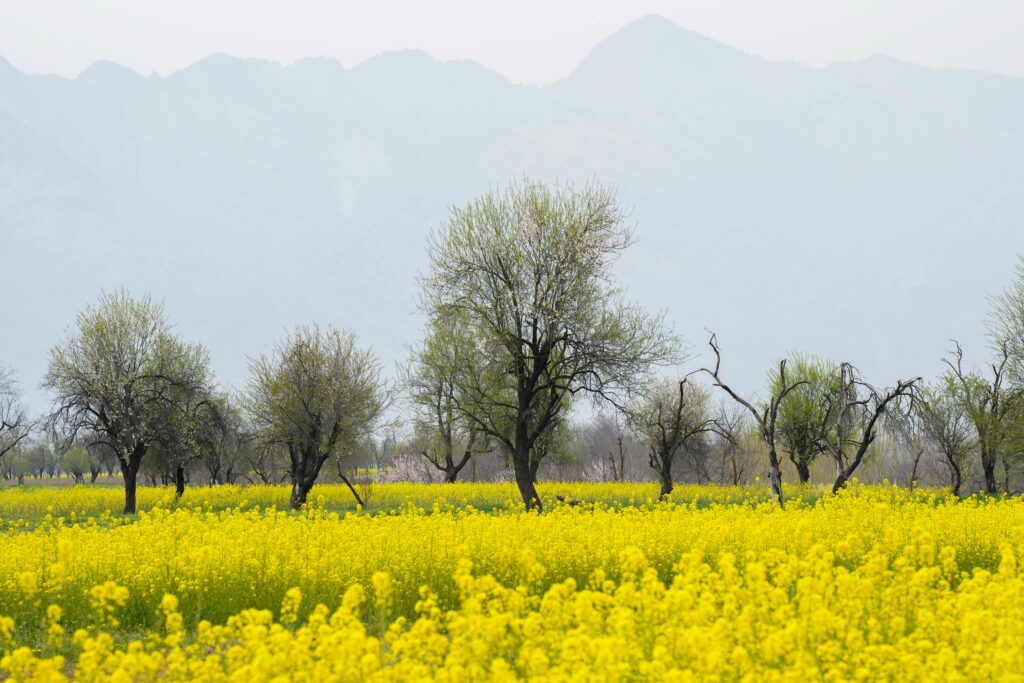As urbanization continues to expand, cities face increasing environmental challenges, from air pollution to rising temperatures. Urban green spaces, particularly tree plantations, play a vital role in combating these challenges and enhancing the quality of life for city dwellers. In this article, we explore why tree plantation is essential for urban areas and how it contributes to the well-being of both people and the environment.
Improving Air Quality
One of the most significant benefits of tree plantation is its ability to improve air quality. Trees act as natural air filters, absorbing pollutants such as carbon dioxide (CO₂), sulfur dioxide (SO₂), nitrogen oxides (NOx), and particulate matter. By removing harmful toxins from the atmosphere, trees help reduce respiratory problems and contribute to a healthier environment for urban populations.
Mitigating the Urban Heat Island Effect
Urban areas tend to be significantly warmer than their rural counterparts, a phenomenon known as the Urban Heat Island (UHI) effect. The high concentration of buildings, roads, and vehicles generates heat, making cities hotter. Trees provide much-needed shade and release moisture through a process called transpiration, cooling the surrounding areas. Tree plantations can help lower temperatures, making cities more comfortable and reducing the need for energy-intensive air conditioning.
Promoting Biodiversity
Urban green spaces are often the last refuge for many species of birds, insects, and other wildlife. Tree plantations create habitats for these creatures, supporting local biodiversity and ensuring the survival of various species within the city environment. These ecosystems not only benefit wildlife but also enhance the beauty and appeal of urban areas, providing city dwellers with a connection to nature.
Enhancing Mental and Physical Well-being
Research has consistently shown that access to green spaces, including areas with abundant trees, positively impacts mental and physical health. Trees in urban areas create peaceful environments, reduce stress, and promote outdoor activities such as walking, jogging, and socializing. The presence of green spaces in cities has been linked to lower rates of anxiety, depression, and other mental health issues, fostering healthier and happier communities.
Reducing Stormwater Runoff and Flooding
Urban areas are often prone to flooding due to the prevalence of impervious surfaces like asphalt and concrete. These surfaces prevent water from seeping into the ground, leading to increased stormwater runoff. Tree roots, however, help absorb rainwater and promote infiltration into the soil, reducing the risk of flooding. By planting trees, cities can better manage stormwater and minimize the damage caused by heavy rainfall.
Sequestering Carbon and Combating Climate Change
Trees are vital in the fight against climate change. Through the process of photosynthesis, trees absorb carbon dioxide from the atmosphere and store it as carbon in their trunks, branches, and roots. This natural carbon sequestration process helps mitigate the effects of climate change by reducing greenhouse gases in the air. Expanding tree plantations in urban areas can significantly contribute to the global effort to combat climate change.
Creating Aesthetic and Recreational Spaces
Beyond their environmental benefits, trees enhance the aesthetic appeal of cities, making them more attractive and livable. Tree-lined streets, parks, and plazas become recreational spaces where people can relax, exercise, and enjoy nature. Well-designed urban green spaces can boost tourism, increase property values, and create a sense of pride among residents.
Tree plantation is more than just a beautification effort in urban areas; it is a crucial strategy for improving air quality, reducing temperatures, fostering biodiversity, and enhancing the overall well-being of city inhabitants. As urban populations continue to grow, the importance of preserving and expanding green spaces becomes even more critical. By prioritizing tree plantation, cities can create healthier, more sustainable environments that benefit both current and future generations.
















